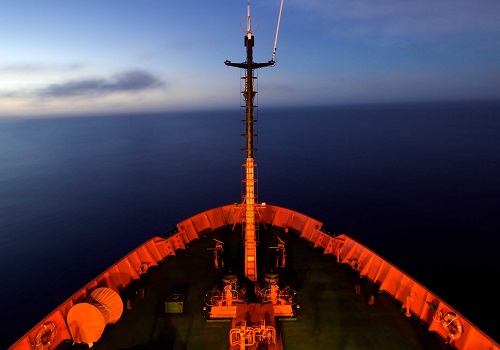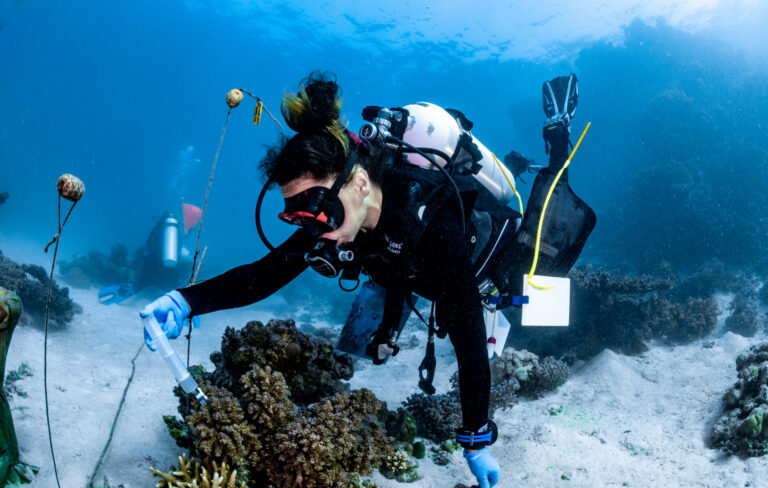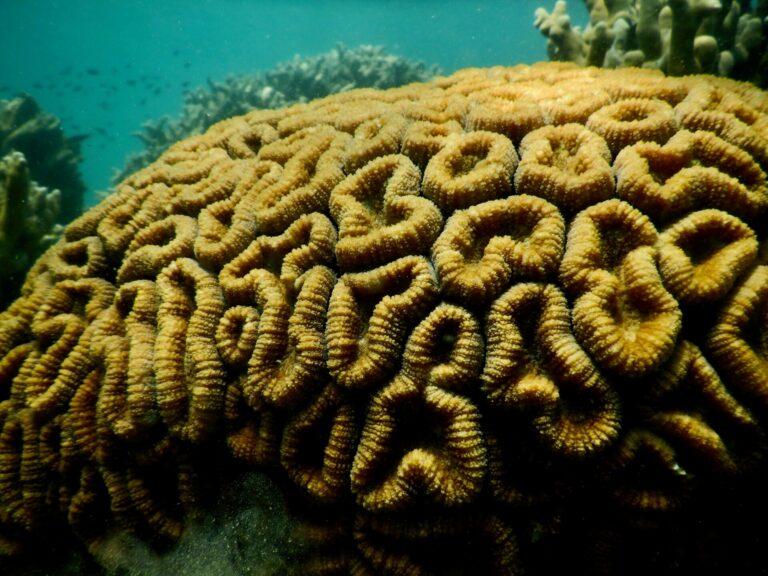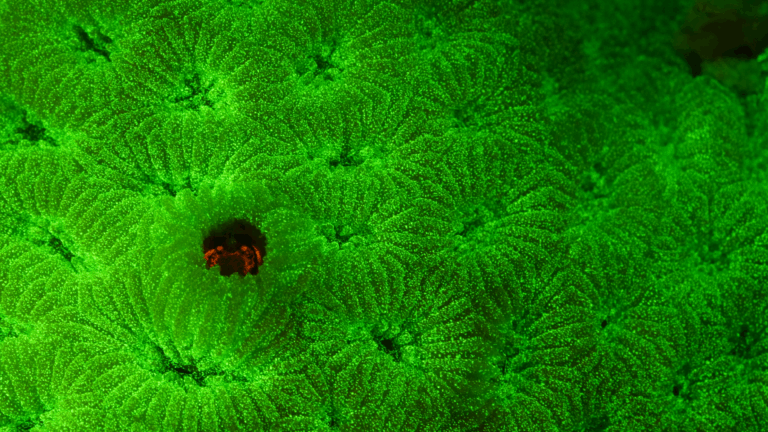Marine Science
Hydrocarbons from the sky
Ocean cruise studies input of PAHs from the atmosphere into the ocean.


At sea on the Malaspana 2010 Circumnavigation Expedition.
© 2016 Joan Costa.
Toxic organic chemicals known as polycyclic aromatic hydrocarbons (PAH) are released during the burning of carbon-based organic materials where not all of the carbon is converted into carbon dioxide. This “incomplete combustion” occurs whenever fossil fuels or other organic material burns in air. KAUST researchers have helped evaluate how much of these pollutants are deposited from the atmosphere into the ocean worldwide1, and their results challenge current thinking about the global carbon budget.
“The magnitude of PAH inputs to the ocean is so large that we must reconsider our understanding of the global ocean carbon budget,” said Carlos Duarte from the KAUST team.
There is a great variety of PAHs, but all have some of their carbon atoms bonded in linked six-carbon rings. They occur naturally in crude oil as well as being released when organic matter burns. As “semi-volatile” molecules, they leave the air to enter the ocean more readily than small volatile molecules.
The researchers measured levels of 64 PAH compounds in seawater and air during the Malaspana 2010 Circumnavigation Expedition. The results indicate that the global input of PAH from the atmosphere into the ocean every year is around 20 times greater than the direct input caused by the Deepwater Horizon oil spill of 2010.
Duarte explained that the results suggest a significant error was made when scientists first calculated the dynamics of the part of the global carbon cycle associated with the combustion of organic matter.
“The assumption must have been made that the carbon in fossil fuels used by humans was combusted all the way to carbon dioxide,” he said.
The realization that this is wrong will change our fundamental understanding of the carbon cycle, as scientists cannot currently account for the fate of the carbon in fossil fuels burned by tracing only carbon dioxide.
“Scientists also need to investigate the impact of such a high PAH input on ocean ecosystems and food webs,” added Duarte. PAHs are toxic to all organisms (including humans), and he emphasized that there is a need for further research to understand the fate of these inputs and to mitigate their impacts.
The scale of the threat, however, may also offer an opportunity. Since PAHs are such significant and prevalent sources of organic carbon in the oceans, microbial communities in the water have been exposed to them over decades. This is long enough for some microbes to evolve the capacity to consume and degrade PAHs. Identifying the microbes that are most adept at consuming PAHs may assist in cleaning up oil spills and areas of chronic oil exposure.
References
- González-Gaya, B., Fernández-Pinos, M-C., Morales, L., Méjanelle. L., Abad, E. et al. High atmosphere–ocean exchange of semivolatile aromatic hydrocarbons. Nature Geoscience 9, 438–442 (2016).| article
You might also like

Marine Science
A place to trial hope for global reef restoration

Marine Science
Reef-building coral shows signs of enhanced heat tolerance

Marine Science
Plastic-munching bacteria found across the seven seas

Marine Science
AI reveals the universal beauty of coral reef growth

Marine Science
Tiny crabs glow to stay hidden

Marine Science
Mass fish deaths linked to extreme marine heatwave in Red Sea

Marine Science
Weeding out the secrets of Red Sea macroalgae

Bioscience



